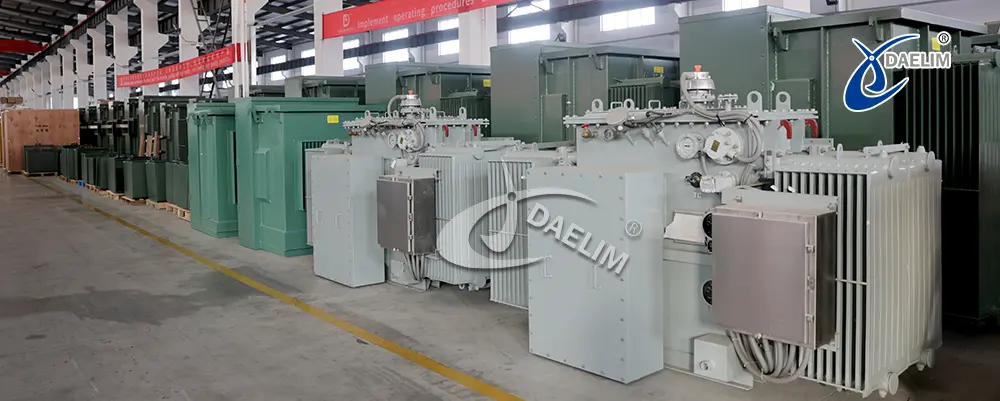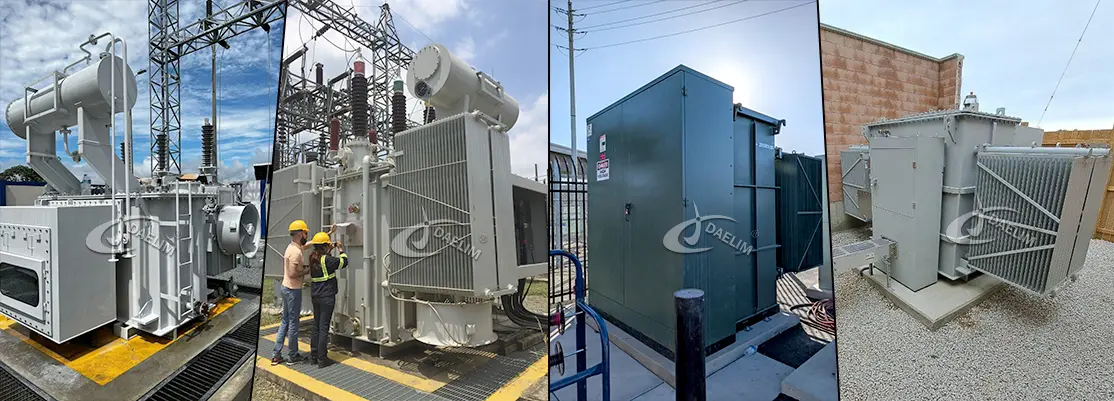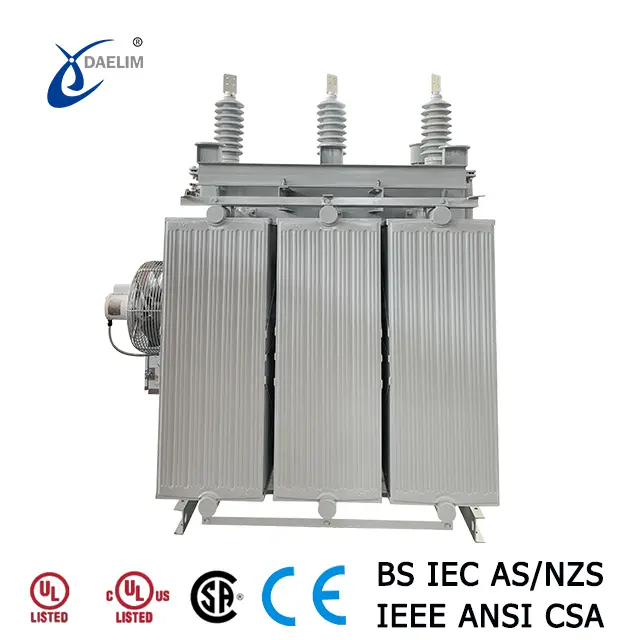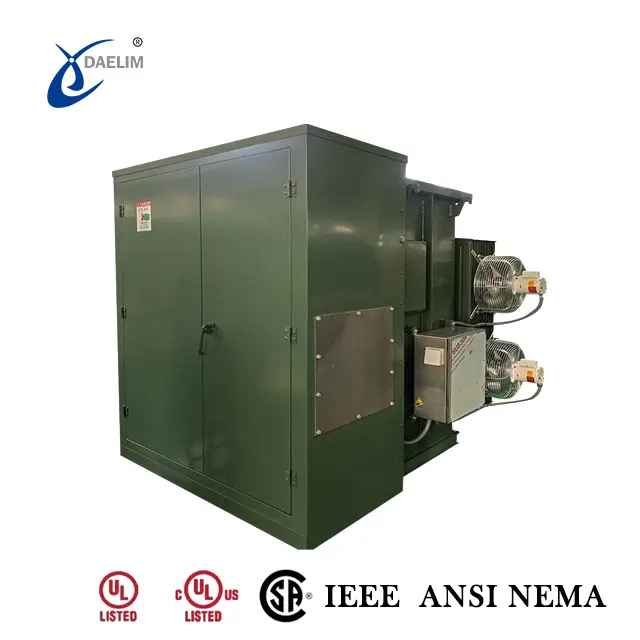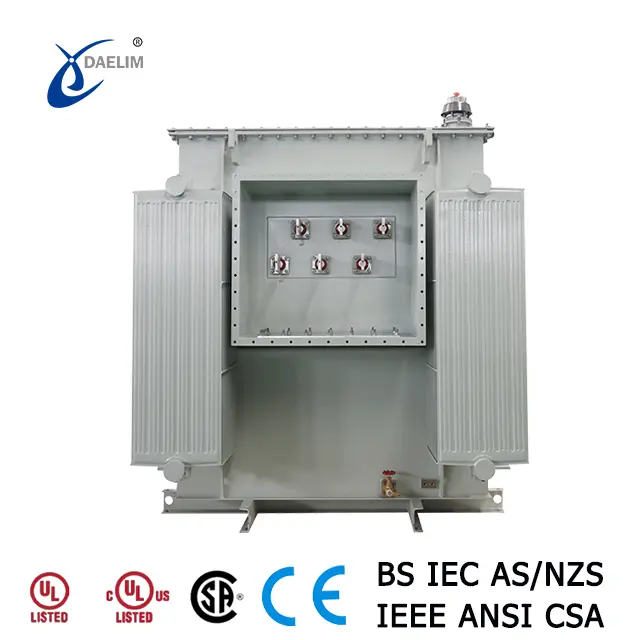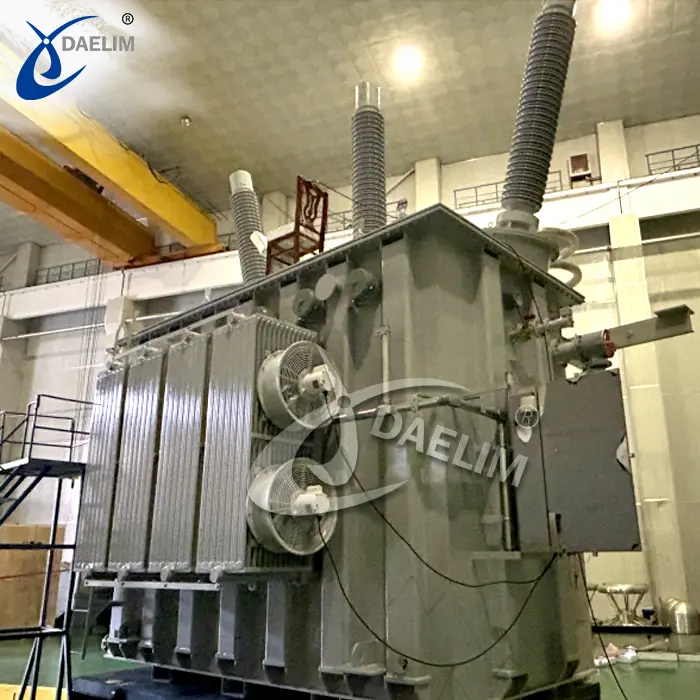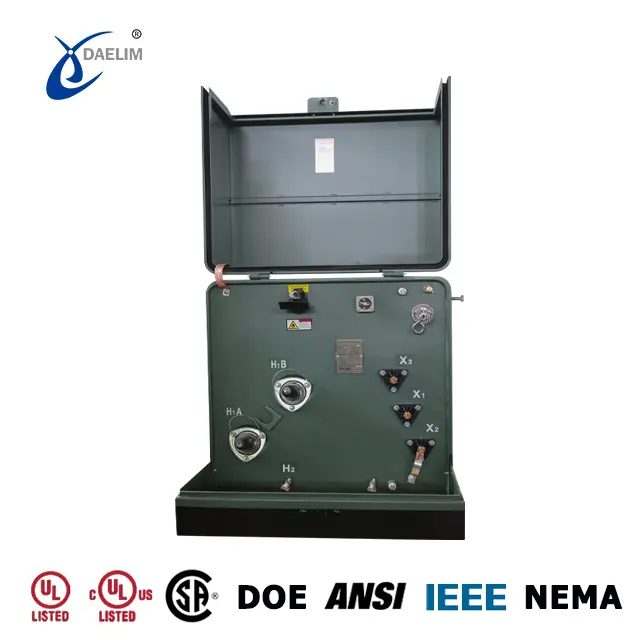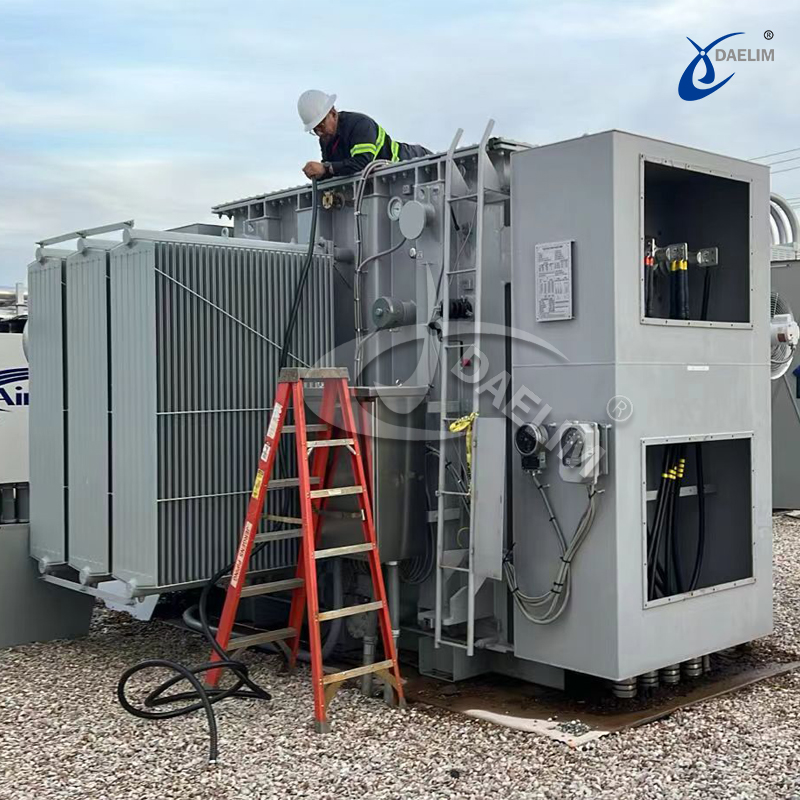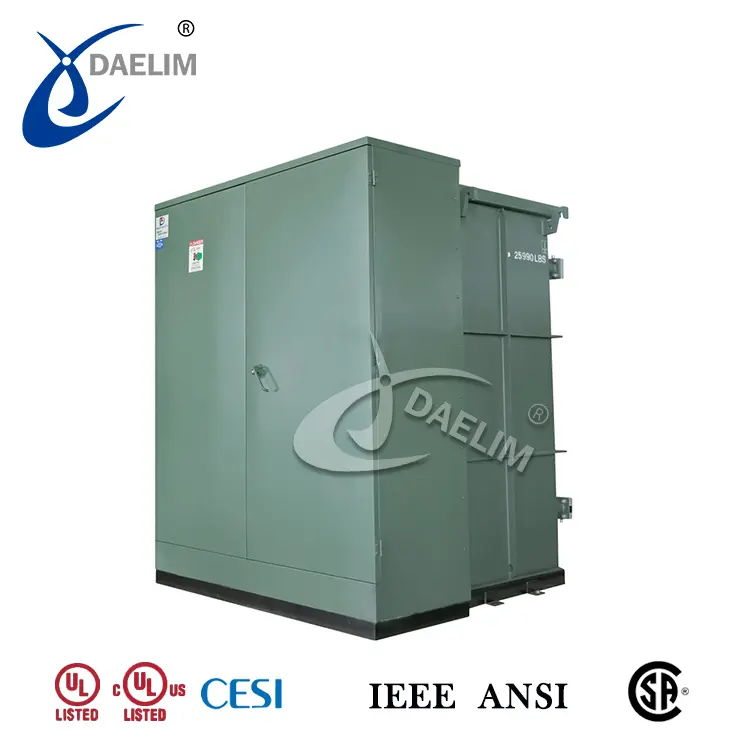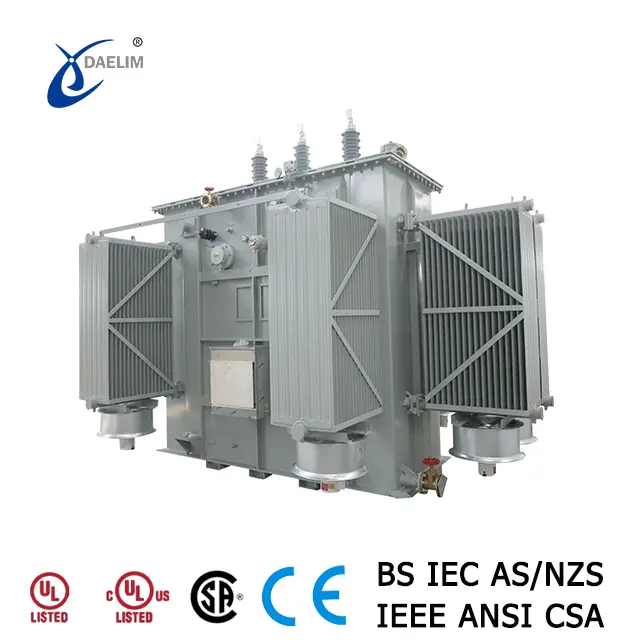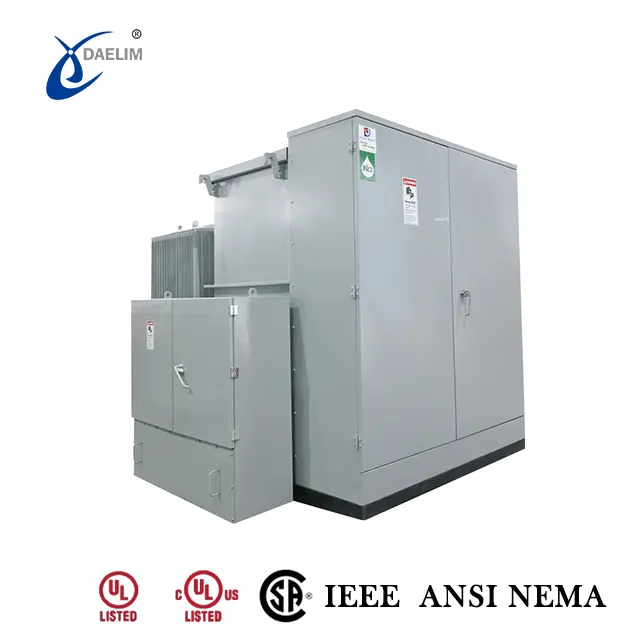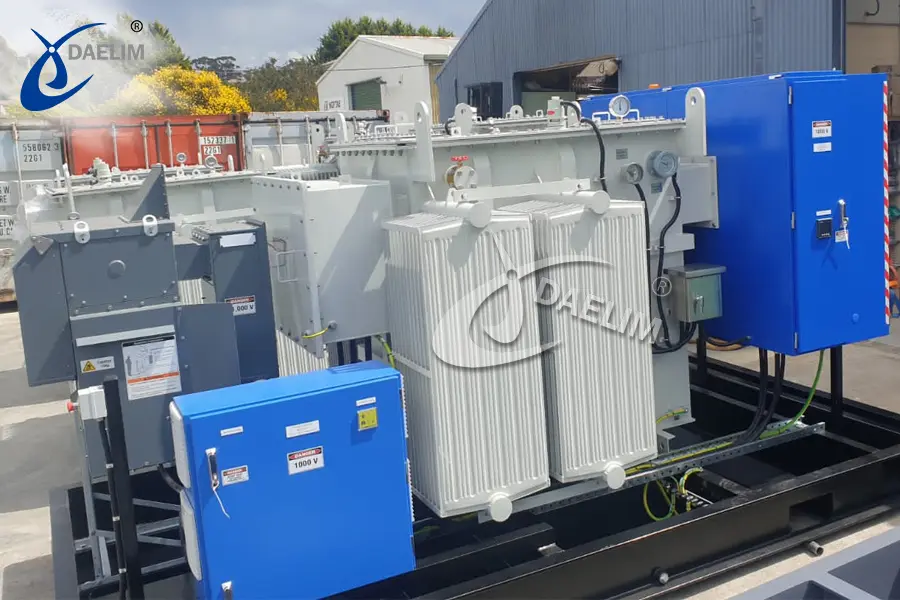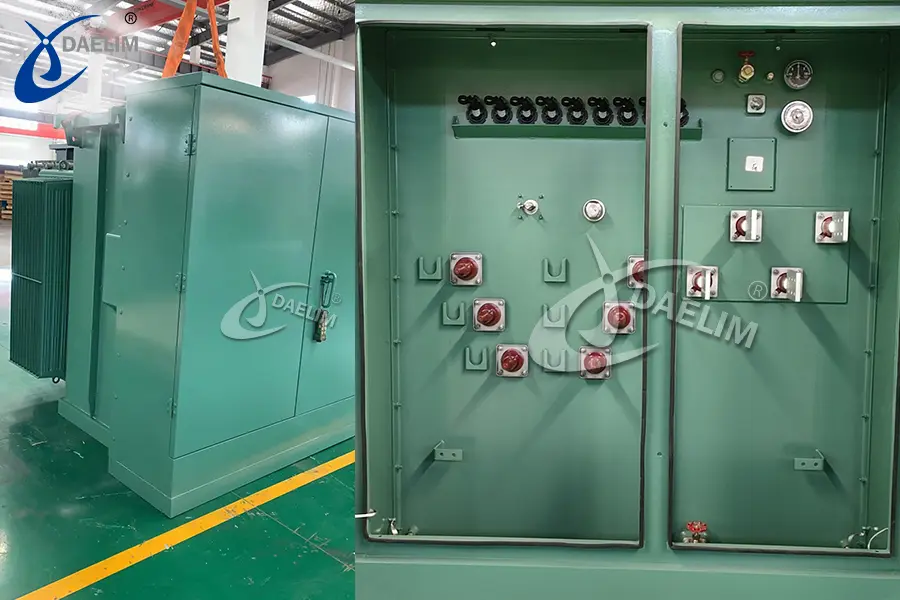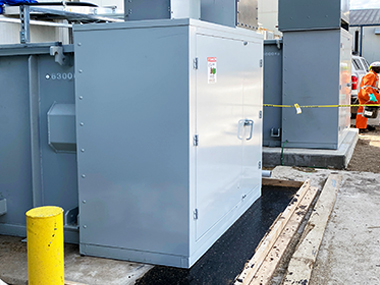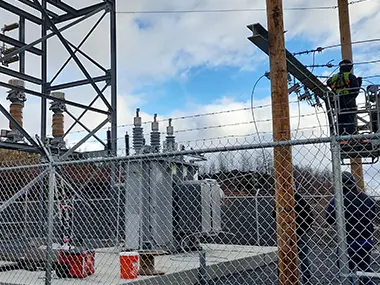Aluminum vs Copper Transformers
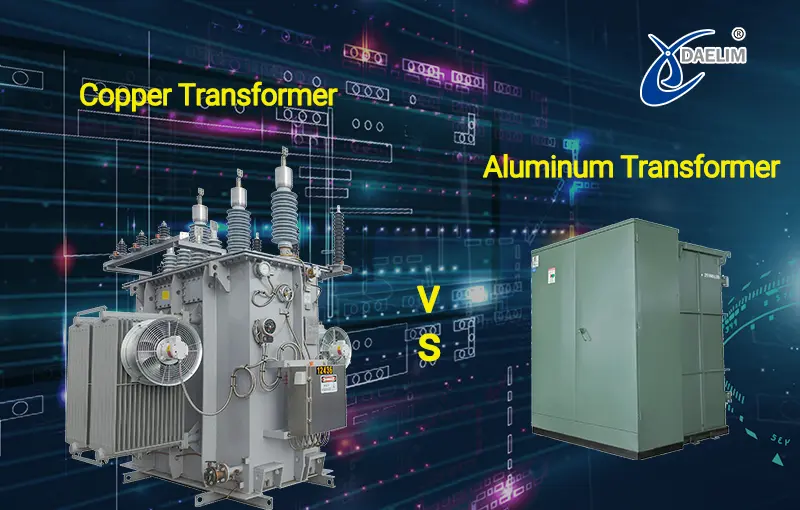
Transformers are very commonly used in electric circuits for the transfer of energy with minimum loss and good performance. One of the first very important decisions probably made is choosing between two of the most vital winding materials, which are aluminum and copper when designing or choosing any transformer.
Differentiate the pros and cons of copper transformers and aluminum transformers in this guide. Here, the information will guide you on your best option for your requirement.
Contact Daelim Transformer
Daelim Transformer's pole/platform mounted transformers with high voltages up to 34.5kV and ratings up to 500kVA, meeting global standards like ANSI/IEEE C57, CSA C2.1, IEC 60076, and more. Their products not only comply with DOE and CSA efficiency requirements but exceed them, ensuring reliability, efficiency, and energy conservation.
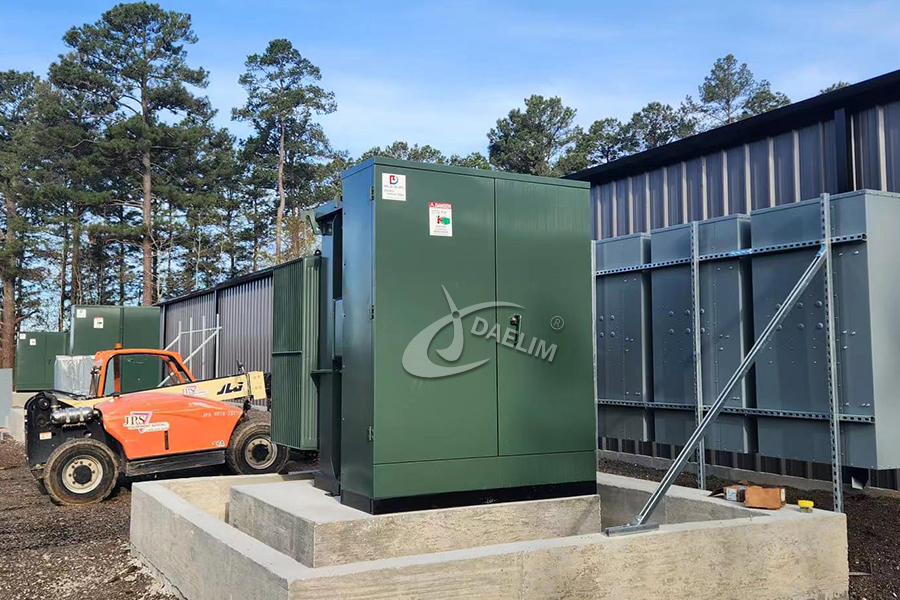
Daelim is a respected manufacturer providing UL/cUL and CSA pad-mounted transformers. Offer single-phase and 3-phase with aluminum or copper options, 3-phase transformers featuring up to 44kV voltage and ranging from 75kVA to 10,000kVA in power. Single phase pad mounted transformer with high voltage up to 34.5 kV and ratings up to 250kVA.
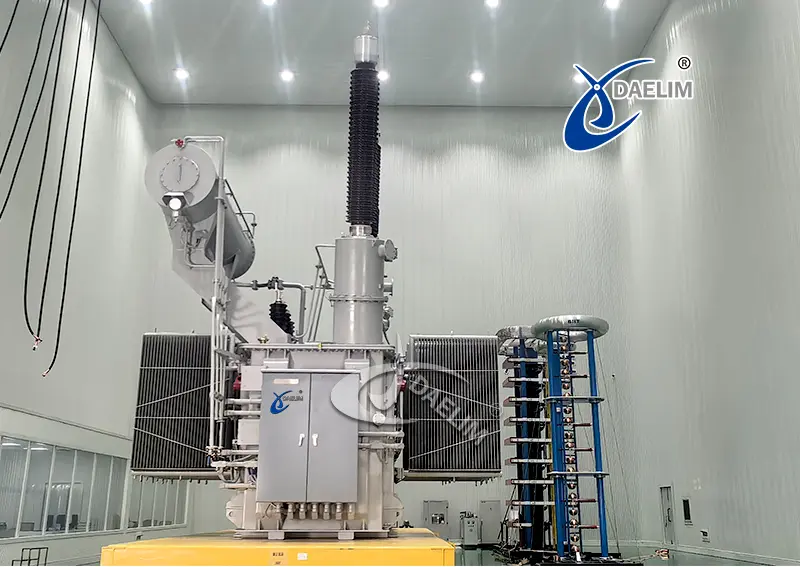
Daelim Transformer offers a complete line of copper transformers that meet current applicable standards, including IEC, IEEE, ANSI, CSA, NEMA, AS/NZS, and GOST. Our high-voltage power transformers are available for voltages up to 345 kV and ratings up to 500 MVA. We have successfully supplied hundreds of high-voltage power transformers across America and Australia.
Performance Comparison Between Aluminum and Copper Transformers
The transformer is the basic unit of electric systems, such that it is able to transfer the energy with very minimal loss. So, the performance depends upon whether the winding material chosen is aluminum or copper.
Let's discuss it further as a case where each material is the basis of efficiency, heat dissipation, maintenance, and load capacity.
Copper Transformers
Efficiency
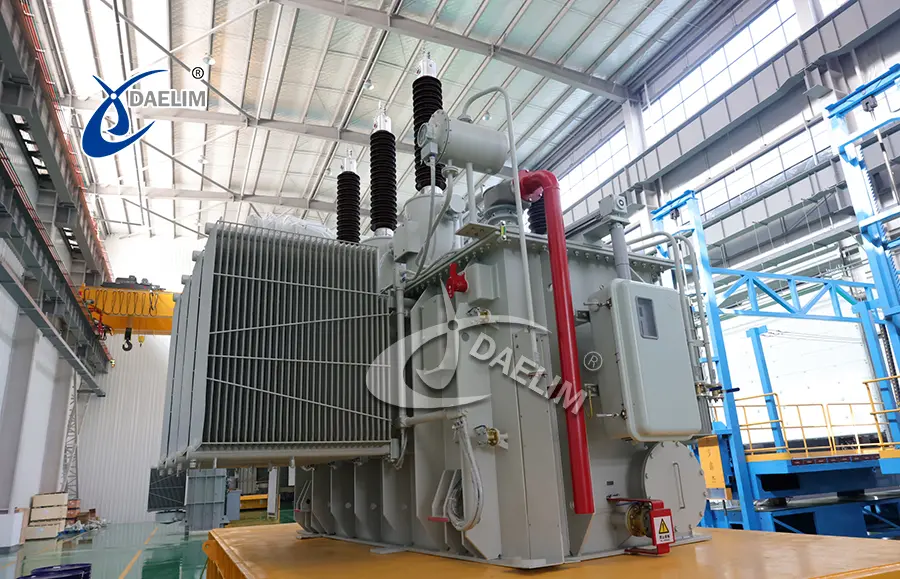 Copper transformers happen to be the most energy-efficient. Copper is an excellent conductor of electricity; it carries energy with very little loss.
Copper transformers happen to be the most energy-efficient. Copper is an excellent conductor of electricity; it carries energy with very little loss.
That is why copper transformers have special applications where energy saving, like industrial plants or big power grids, becomes more valuable. If the importance of saving long-term cost becomes your crucial factor, then the simple choice would be to install copper transformers.
Learn more about Transformer Efficiency
Heat Dissipation
Transformers have worked under very high stresses, and they always produce heat. Copper is a better thermal conductor than aluminum and does not degrade with heat.
This would mean the copper transformers have low probable heating even at high or hot environments, high load conditions. That makes extensive cooling systems on them inconsequential meaning making this transformer reliable even under demands.
Maintenance Requirements
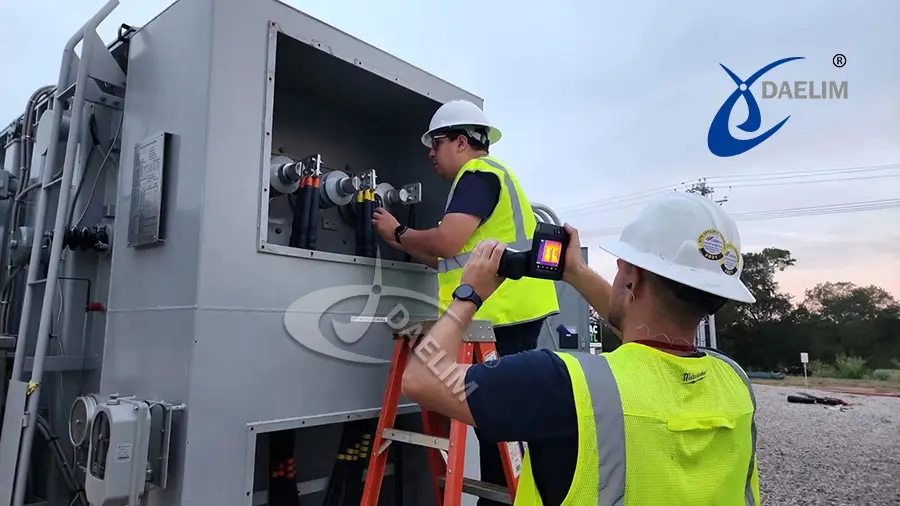 The copper winding is heavier and rugged with better wear resistance. In the long run, this has less maintenance cost.
The copper winding is heavier and rugged with better wear resistance. In the long run, this has less maintenance cost.
Copper transformers are very hard to loosen the connections loose and degrade. Thus maintenance will be experienced uniformly along with fewer troubles. Copper is best for long-term reliability.
Try for free: Guide to Transformer Maintenance
Load Capacity
Copper does not corrode easily, hence providing copper with the strength and capability of bearing more electrical loads. Copper transformers are to be used as heavy-duty applications in large factories, big manufacturing units, and so on. Copper is the best for any application requiring maximum load-handling capability.
Aluminum Transformers
Although aluminum transformers lose just a little more energy compared to when using copper. But in low-energy-demand projects, aluminum can still work out. For budget-conscious buyers, there is an affordable upfront cost in aluminum transformers.
Heat Dissipation
This kind of transformer can dissipate heat not as effectively compared with copper. High-stress or high-temperature application and aluminum transformers may necessitate additional cooling for operation to be safe. On lighter loads and moderate conditions, aluminum could suffice in your application.
Maintenance Requirements
Aluminum windings are softer and more prone to wear and tear, so in that aspect, they demand more maintenance. Proper care such as routine inspections as well as ensuring secure connections can enhance their lifespan, but as a whole aluminum transformers may last for some years while demanding more attentions from the user like their counterpart copper transformers.
Load Capacity
Aluminum transformers are best suited for small loads of electricity. They may be used in residential or even small offices where the demands are low. Aluminum faces a problem in meeting demands in high-capacity systems.
More resource: Differences Between Copper Core and Aluminum Core Transformers
Choosing Between Copper and Aluminum Transformers
The choice between copper and aluminum transformers hinges on the following important factors:
- Efficiency: Copper saves more energy and thus is the backbone for long term cost efficiency.
- Heat Dissipation: Copper dissipates heat better and used in high-stress applications. This may have to be coupled with other cooling systems.
- Maintenance: Copper transformers require less maintenance; aluminum transformers require routine inspection and readjustment.
- Load Capacity: Copper transformers are well-suited for high-loaded applications. Aluminum transformers are better suited for light to moderately loaded and/or budget-friendly projects.
Balancing these against the project requirements, you end with a transformer promising optimum operations and reliability at cost-effective means.
Reading more: 25 kVA Transformer, Get The Price Quickly
Applications of Aluminum and Copper Transformers
It helps to think of where and how each material is used when choosing between an aluminum and a copper transformer. What it all boils down to is what kind of application each type needs to perform in.
Let us consider some common scenarios in which aluminum and copper transformers are used, and a mix of both is helpful.
More resource: Different Transformer Types and Their Applications
Use Cases for Aluminum Transformers
Aluminum transformers are often used where the project is on a low budget. Aluminum is lighter and cheaper than copper, which makes it an excellent option if the situation calls for keeping costs lower.
For instance, an aluminum transformer is quite frequently used in residential areas or small businesses or even remote power supply systems. All these places have electricity loading that is not very intensive, so the aluminum can hold up well.
They are also used in small projects or where transformers will be placed in hard-to-reach areas since aluminum is lighter and easier to transport.
Use Cases for Copper Transformers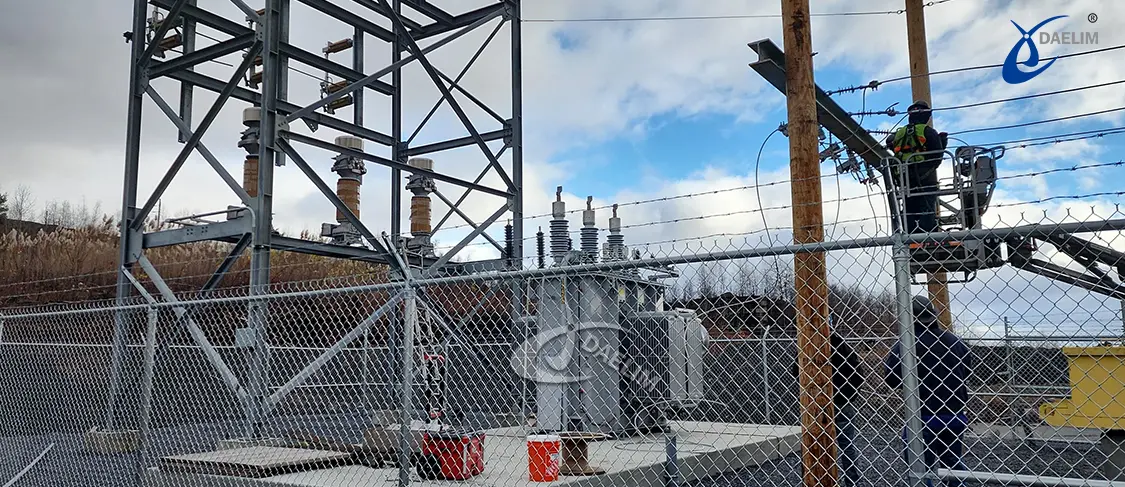 Copper transformers are applied whenever the need for something that may last long or withstand significant power is desired without collapsing. Copper is relatively non-sensitive to heavy loads or high voltages and its application has become quite prevalent in various industries or entities where plenty of electricity supply is required.
Copper transformers are applied whenever the need for something that may last long or withstand significant power is desired without collapsing. Copper is relatively non-sensitive to heavy loads or high voltages and its application has become quite prevalent in various industries or entities where plenty of electricity supply is required.
Some of them include power generating plants, and industrial estates or commercial developments. The transformer will definitely serve many years without necessitating much upkeep, making the application applicable for a setup where dependability is considered a priority.
They are also used when placed under stressful conditions since copper can withstand heat and heavy loads much better than aluminum.
Hybrid Systems
Hybrid systems use a combination of aluminum and copper in transformers and offer smart balancing between cost and performance. A combination of both materials gives strength from both sides: copper is tougher and more resistant, whereas aluminum is cheaper and lighter.
They are best for that scenario where you save costs on less important parts but guarantee excellent reliable performance in key areas. For instance, when using aluminum for the case part, copper is managed by the core or winding that has heavy electrical loads.
These systems are widely used in power plants and energy grids where budget and performance both take on critical roles. They are also useful in cases like shipping containers in which aluminum reduces weight and copper manages power.
Hybrid systems combine the light properties of aluminum with copper's strength to bear heat and stress, thus providing a superior heating performance and a minimum number of maintenance operations. They are generally good solutions when savings, efficiency, and durability need to be found in proper balance.
Environmental Impact
It is very basic to consider the kind of impact one material produces on the other as one considers taking the choice between aluminum and copper transformers. While material has been in use inventing a transformer that powers our houses, schools, and industries but both take different impacts on earth.
Manufacturing Process
The process of aluminum making does not have much damage to the environment in comparison to that of making copper. Aluminum has low carbon emissions since it has minimal energy requirement in the manufacturing process. Copper requires a lot of energy and resources for just extraction and to process, thus having a greater footprint on the environment.
You may enjoy: How to Build a Transformer?
Recycling
Both aluminum and copper are recyclable materials, but it is relatively easier to recycle aluminum. Aluminum is recyclable any number of times without compromising its quality.
Copper can also be recovered, but recycling it will require more energy. Recycling metal for both would reduce newly mined materials in greater quantities and consequently may reduce the environmental impact.
Pros and Cons
Knowing the pros and cons of each material when picking your transformer will be helpful. Aluminum has pros and cons, like copper, so let's weigh them up on performance, cost, and how it is used.
Aluminum Transformers Advantages
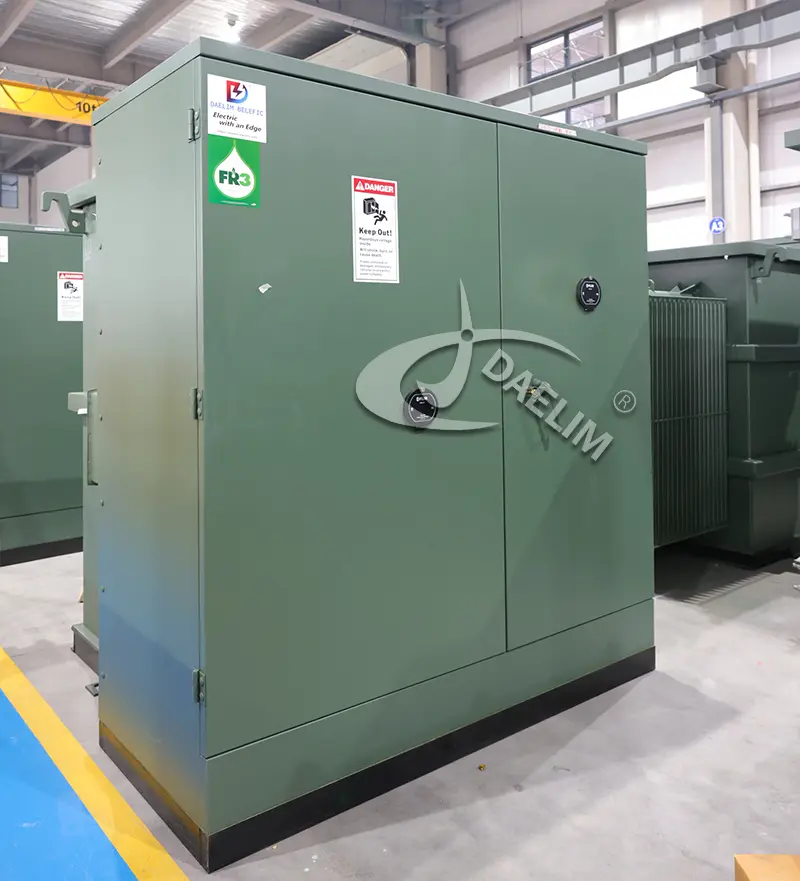 Aluminum-based transformers are less expensive. If you're on a shoestring budget for the project or will be requiring hundreds of pieces for some massive electrical project, aluminum-based transformers can save a lot of money.
Aluminum-based transformers are less expensive. If you're on a shoestring budget for the project or will be requiring hundreds of pieces for some massive electrical project, aluminum-based transformers can save a lot of money.
Plus, it is lighter than copper; therefore, it is less hard to move around and put up, which is helpful if the point in question is building something wherein weight or transportation is concerned.
Aluminum Transformers Disadvantages
The drawback is that aluminum conducts electricity less powerfully than copper. This makes it less efficient, especially when the system requires a lot of electricity to be transferred. Aluminum transformers often have to be larger to transfer the same amount of power as copper transformers.
Durability can also be a problem. Aluminum deteriorates faster with time and is likely to wear out faster and require replacement or more frequent overhauling than copper.
Copper Transformers Advantages
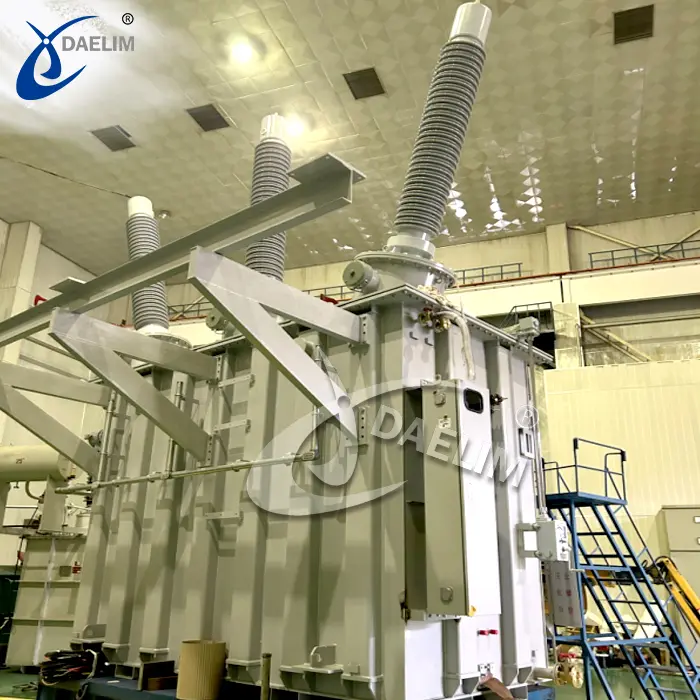 Another reason why copper transformers are preferred is that they are very efficient conductors of electricity, so they can handle heavy loads with aplomb. This especially applies when supplying electrical requirements to a large machinery or factory or even a power plant.
Another reason why copper transformers are preferred is that they are very efficient conductors of electricity, so they can handle heavy loads with aplomb. This especially applies when supplying electrical requirements to a large machinery or factory or even a power plant.
They are also not easily broken down due to heavy conditions such as excess heat and high usage. Therefore, they will last longer and save you the money needed for maintenance.
Copper Transformers Disadvantages
On the other hand, copper transformers are costly. The material itself and the manufacturing process cost more than aluminum. If one is to manage a project where cost is a massive concern, this may be a disadvantage.
Copper is also much heavier, which can prove quite tough to install and transfer. The added weight becomes quite a challenge where space or ease in handling is of importance.
Which One Is Best for You?
Choose a transformer that you would use for your project based on what you prioritize. If what you really need is cost-effective and lightweight, then aluminum is the best option. However, if what you are looking for is efficiency and durability, then copper might be worth all the added costs.
Knowing the advantages and disadvantages of every material would help you make the smart decision according to your needs and budget. You will know what each of them can offer whether you have chosen between aluminum and copper.
Recommendations for Various Industries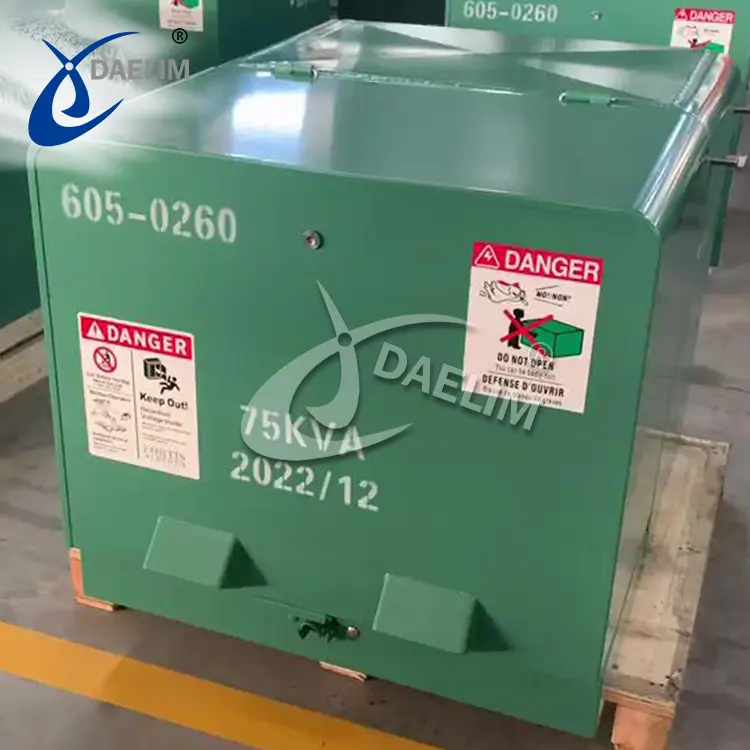
Transformers are widely used in so many different industries, and the most appropriate one could depend on where and how you plan to use them. Let's look at some examples to help you decide:
For Households and Small Enterprises: Aluminum transformers are very ideal for house, small office, and other small-scale applications. They are lightweight and cost-effective. They are also capable of handling systems with low-to-moderate loads. For applications such as single-phase pole-mounted transformers, single-phase pad-mounted transformers, or distribution transformers that have less than 5000 kVA, aluminum is an economical and feasible option.
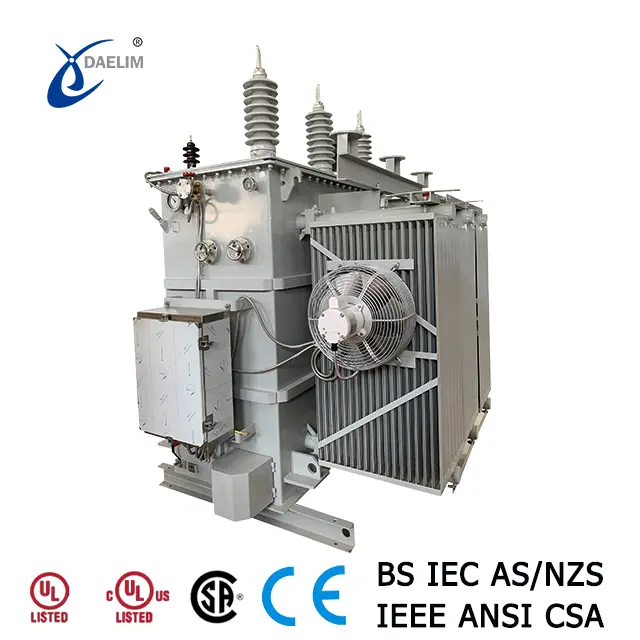 For Industrial and Manufacturing Applications: Copper transformers are preferred in high-stress conditions, such as in power plants and utility grid applications, whereby efficiency and reliability can always be guaranteed. The transformer is rated at 5000 kVA, including the pad-mounted transformer and substation transformer, which ensure very stable power transfer over long-distance and demanding conditions, wherein copper is quite ideal for heavy loads.
For Industrial and Manufacturing Applications: Copper transformers are preferred in high-stress conditions, such as in power plants and utility grid applications, whereby efficiency and reliability can always be guaranteed. The transformer is rated at 5000 kVA, including the pad-mounted transformer and substation transformer, which ensure very stable power transfer over long-distance and demanding conditions, wherein copper is quite ideal for heavy loads.
For Power Plants and Utilities: Applications where huge stresses are involved with efficiency and dependability as critical parameters often prefer copper transformers. High-power equipment such as HV power transformers require superior performance, which only copper provides. The heavy-duty applications such as transformers of over 5000 kVA have proved to perform very well in ensuring stable and reliable power delivery over long distances and under difficult conditions.
For Off-Site or Temporary Use: Aluminum transformers are very ideal for off-site or temporary applications since they are light and portable in nature. These devices are very light and portable, suitable for applications requiring mobile or short-term power. Rental transformers are commonly used for such applications that require temporary power.
Conclusion
Knowing which one suits your needs best is the only difference between an aluminum and copper transformer. Aluminum is lighter and more cost-effective, but copper is heavy-duty and efficient.
Daelim Transformer has expert advice for your project. We have been there over the past 20 years, assisting in thinking through your short-term and long-term priorities for that perfect aluminum vs copper transformer solution. Contact us today for top-quality transformers engineered to fulfill your needs!
Related Products
Related Article
13.8 kV 10.5 MVA Substation Transformer for Ecuador
A customer from Ecuador contacted Daelim Transformer for a 10.5MVA substation transformer (13.8kV high voltage, 2.4kV low voltage). Daelim Transformer provided a customized solution, conducted virtual factory tours, ensured rigorous quality control via video inspections, and offered post-delivery online training and ongoing support, fostering a successful partnership.
1500 kVA Transformer for Australian Mining Project
Introduce the 1500 kVA transformer tailored for Australian mining projects. The transformer operates in a three-phase configuration, with a total of four units deployed. Notably, its primary voltage stands at 11kV, while the secondary voltage is 1kV. Characterized by its compact size, emphasis on safety, and unwavering reliability, this transformer is meticulously designed and manufactured to meet the stringent requirements outlined in AS 60076 and AS efficiency value standards.Let's delve into the key features and specifications of this essential solution.
2 MVA Pad Mounted Transformer for Utility
Behold the backbone of Canada's utility infrastructure—the 2MVA pad mounted transformer. With a primary voltage of 4160Grdy/2400V and a secondary voltage of 800GrdY/461V, this transformer stands as a testament to efficiency and reliability in power distribution. Crafted in strict accordance with CSA standards and CAN/CSA802.1 energy efficiency guidelines, it embodies the pinnacle of engineering excellence.
2600 kVA Pad Mounted Transformer For Crypto Mine In Kansas
This morning, I received the on-site photos of the pad-mounted transformers from the customer, and I was overwhelmed with excitement and joy. These pad-mounted transformers are installed at a 20MW crypto mining site in Kansas, USA. A total of 5 sets of 2600 kVA pad-mounted transformers, all UL-listed, are being deployed at this site. Currently, 3 sets have already been installed onsite and are scheduled to be powered on imminently.
Pad Mounted Transformer For High Voltage Substation
FWS commissioned Daelim Transformer to design and manufacture a new high voltage substation for the Richardson International Canola Crush facility expansion in Yorkton, SK. The project required two specially designed top-in pad-mounted transformers, one 2 MVA and one 5 MVA. Unable to meet the delivery deadline, local North American suppliers led FWS to choose Daelim Transformer for their capacity and quality. The transformers were successfully produced and delivered within 16 weeks and are now operating safely.
69 kV Power Transformer for Substation in Pennsylvania
Daelim recently completed the design, supply, and installation of a custom 69 kV transformer for a substation in Pennsylvania. This high-efficiency, three-phase transformer is engineered for reliability, scalability, and long-term performance, ensuring a stable power supply to the substation. Key features include low load losses, minimal maintenance, high insulation levels, and flexible cooling options. The solution enhances grid stability, supports future expansion, and minimizes energy consumption, reinforcing Daelim’s commitment to quality and innovation in power systems.

